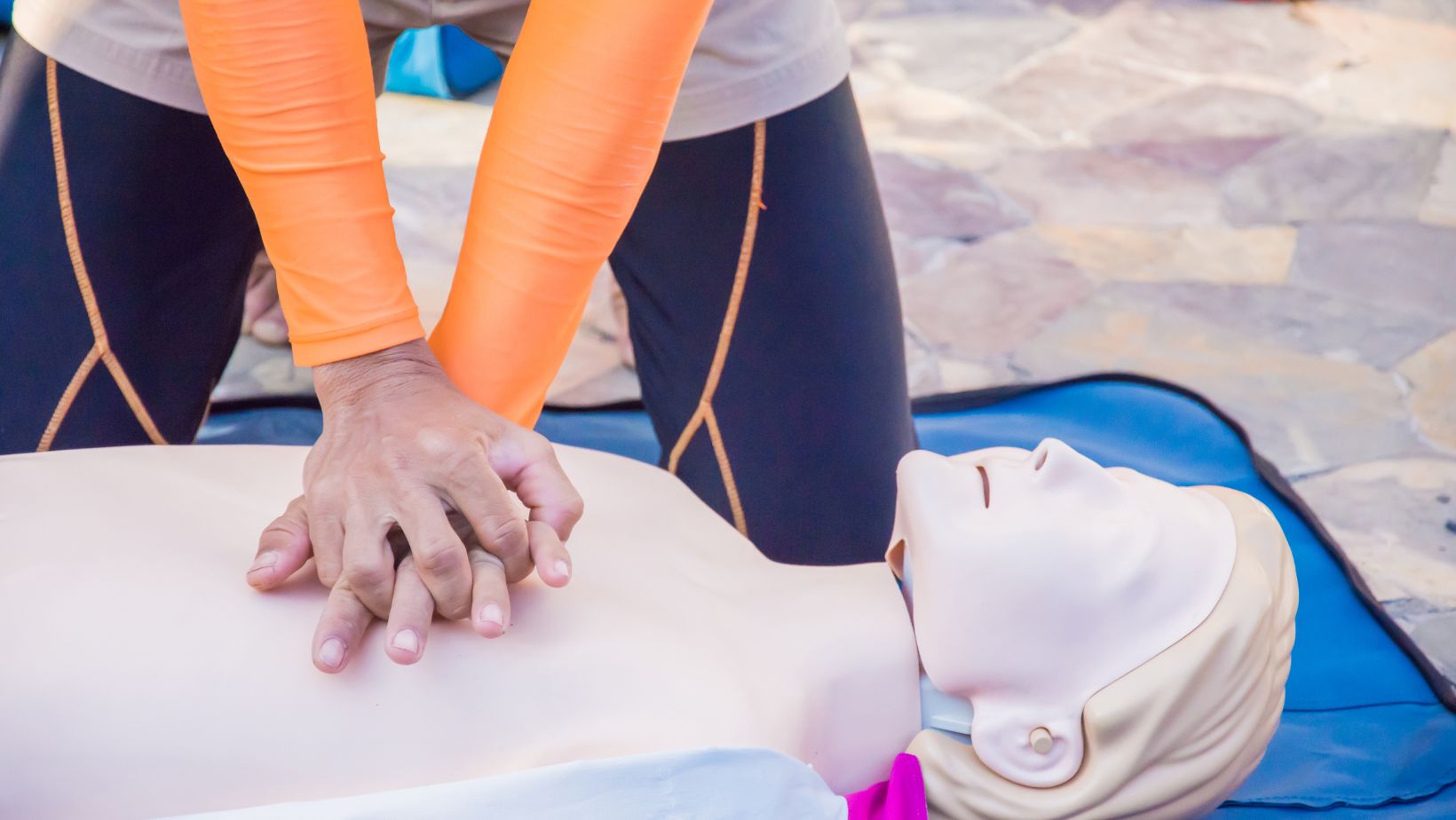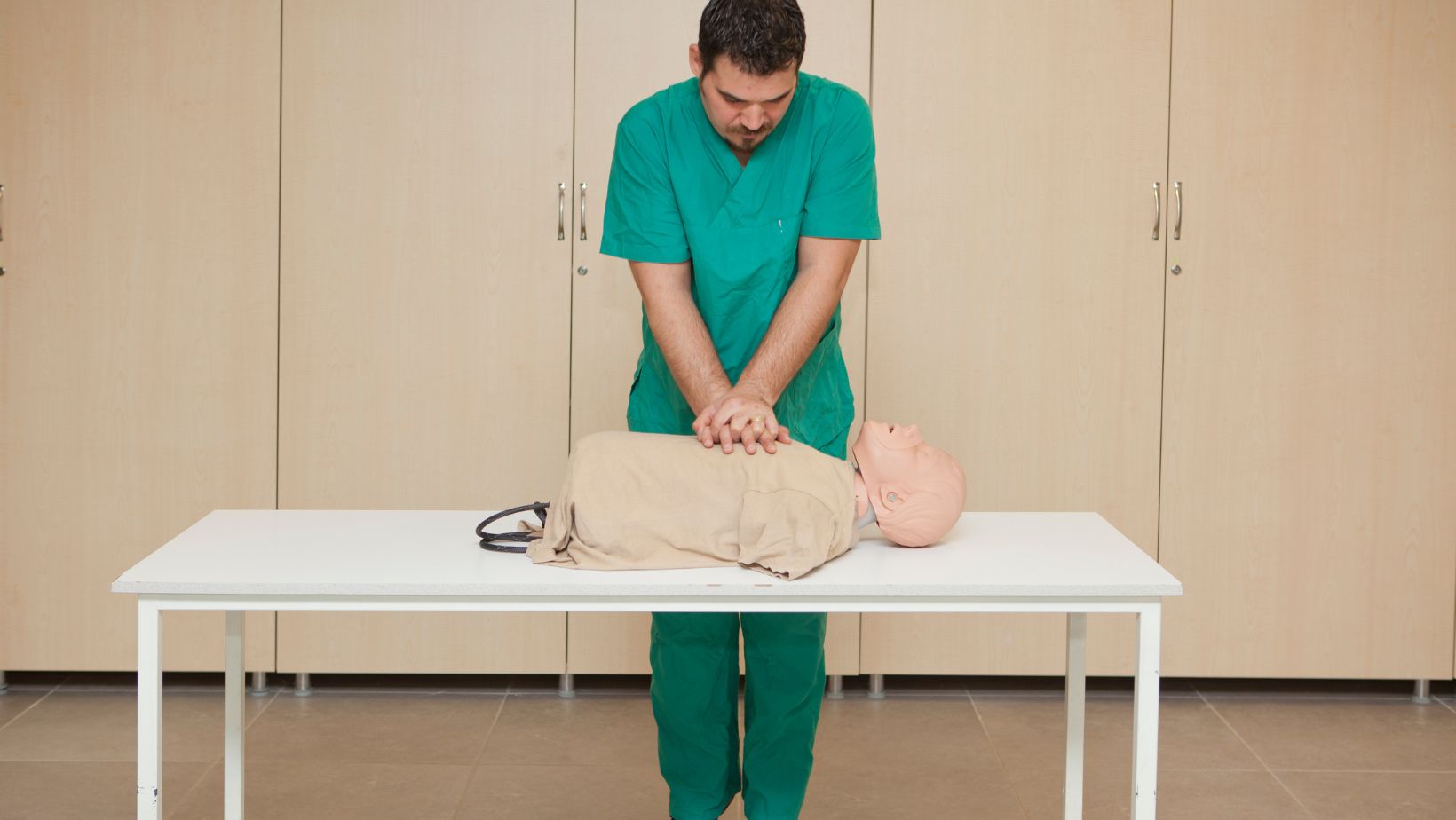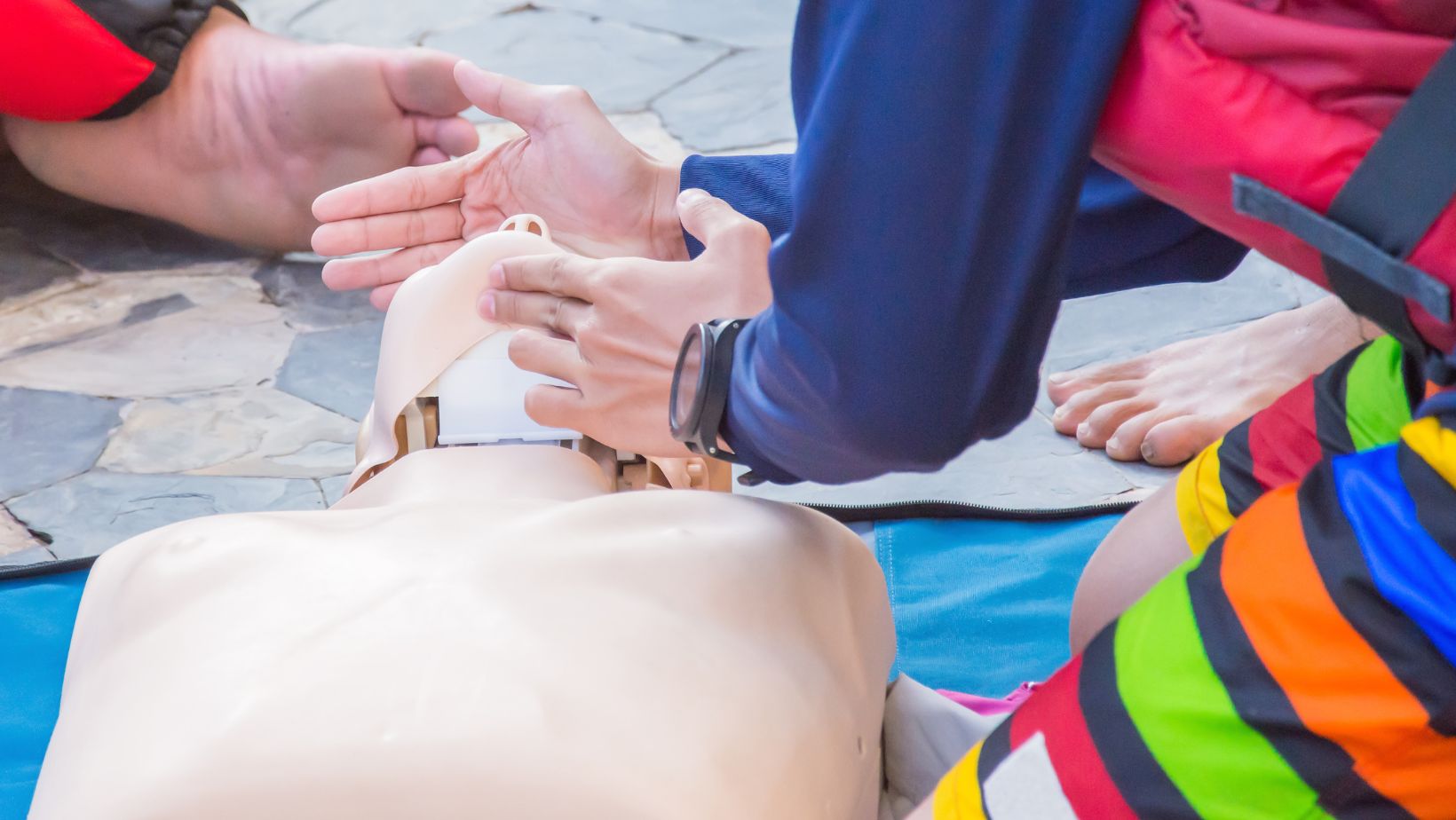Andrew is a lover of all things tech. He enjoys…

Introduction
Basic Life Support (BLS) renewal classes are essential for healthcare professionals and anyone interested in public safety. These classes are designed to refresh your life-saving knowledge, update you on the latest guidelines, and ensure your skills are sharp and effective.
This blog discusses what you can expect when attending a BLS renewal class.
Pre-Class Preparation for BLS Renewal
Before you step into the BLS renewal class, there are a few things you should do to prepare yourself for it. Make sure you’ve completed any required pre-course modules. Many organizations provide online modules or reading assignments you must complete before enrolling in a refresher course. These pre-study materials often cover the basics of BLS, such as chest compressions, rescue breathing, and the use of an automated external defibrillator (AED).
It’s also important to bring your current BLS certification to the class. Some instructors may require proof of your current certification to enroll you in the renewal course.
Course Structure for BLS Renewal Class
A typical BLS renewal class is structured to ensure you get a refresher on the fundamentals and the latest updates in BLS practices. Here’s a breakdown of the typical course structure:
Introduction and Overview
The class usually begins with an introduction, during which the instructor explains the agenda, objectives, and what you will be covering in the refresher course.

This is crucial as it sets the tone for the day and provides an overview of what to expect during the training.
Review of Key Concepts
Next, you’ll review the key concepts of BLS. This includes:
- High-quality CPR: Emphasis is placed on the importance of high-quality chest compressions, including the correct rate and depth.
- AED use: You’ll revisit how to use an AED effectively, ensuring you’re familiar with the device’s prompts and functionality.
- Team dynamics: Understanding the roles in a resuscitation team and effective communication during a crisis situation.
Hands-on Practice
One of the most critical components of a BLS renewal class is the hands-on practice. You’ll engage in several sessions where you will practice your skills on manikins. This includes performing chest compressions, rescue breaths, and using an AED. The instructor will observe and provide feedback to ensure you’re performing the techniques correctly.
Scenario-Based Training
Scenario-based training is another essential part of the class. You’ll be presented with various emergency scenarios and have to respond as if they were real. This type of training is designed to test your knowledge and skills under pressure, simulating the stress and urgency of a real-life situation. You’ll practice working alone and as part of a team, enhancing your ability to act quickly and efficiently.
Updates on Guidelines
BLS guidelines are periodically updated based on the latest research and evidence. During the class, the instructor will inform you of any changes or updates to the guidelines. This could include new recommendations on compression-to-ventilation ratios, updates on using certain devices, or protocol changes. Staying current with these updates is crucial to ensure you provide the best care in emergencies.
Assessment and Testing
Towards the end of the BLS renewal class, you’ll undergo an assessment to ensure you’ve retained the knowledge and skills covered.

This typically includes a written test and a practical skills test. The written test will assess your understanding of the key concepts, while the practical test will evaluate your ability to perform BLS techniques correctly.
Post-class Certification
You’ll receive your BLS certification card once you’ve completed the class and passed the assessments. This card is valid for two years and proves that you’ve maintained your competency in BLS. Some organizations may provide a digital certificate, which can be more convenient for record-keeping and sharing with employers.
Why BLS Certification Renewal is Important
Renewing your BLS certification is not just about keeping your credentials up-to-date; it’s about ensuring you’re ready and able to save lives in emergencies. Here are a few reasons why BLS renewal is crucial:
Maintaining Competency
Skills can fade over time, especially if you don’t use them regularly. A BLS renewal class helps reinforce skills and ensures you maintain the competency needed to perform life-saving techniques effectively.
Keeping up with Changes
Medical guidelines and protocols evolve as new research emerges. Attending a renewal class ensures you know the latest recommendations and changes, allowing you to provide the most effective care possible to those in need.
Boosting Confidence
Regular training boosts confidence. Knowing that you’ve recently refreshed your skills and knowledge makes you feel prepared and capable of handling any emergency situation.
Professional Requirements
For many healthcare professionals, a current BLS certification is a mandatory requirement for employment. The current certification keeps you compliant with job requirements and professional standards.
Conclusion
A BLS renewal course is a wise investment to provide efficient care in an emergency. With pre-class preparation, hands-on practice, and scenario-based instruction, the course is structured to ensure you have the most recent information to tackle emergencies effectively.
You’ll get the most out of your renewal class and be prepared to save lives by remaining attentive, seeking clarification when necessary, and practicing frequently. Prepare yourself, participate actively, and remember that the skills you refresh in the BLS refresher class could make all the difference in a real-life emergency.
Andrew is a lover of all things tech. He enjoys spending his time tinkering with gadgets and computers, and he can often be found discussing the latest advancements in technology with his friends. In addition to his love of all things tech, Andrew is also an avid Chess player, and he likes to blog about his thoughts on various subjects. He is a witty writer, and his blog posts are always enjoyable to read.






